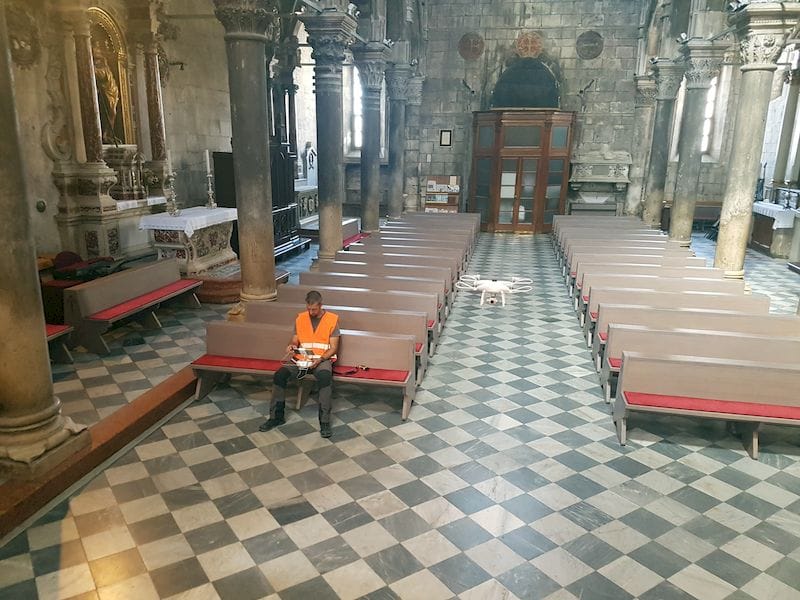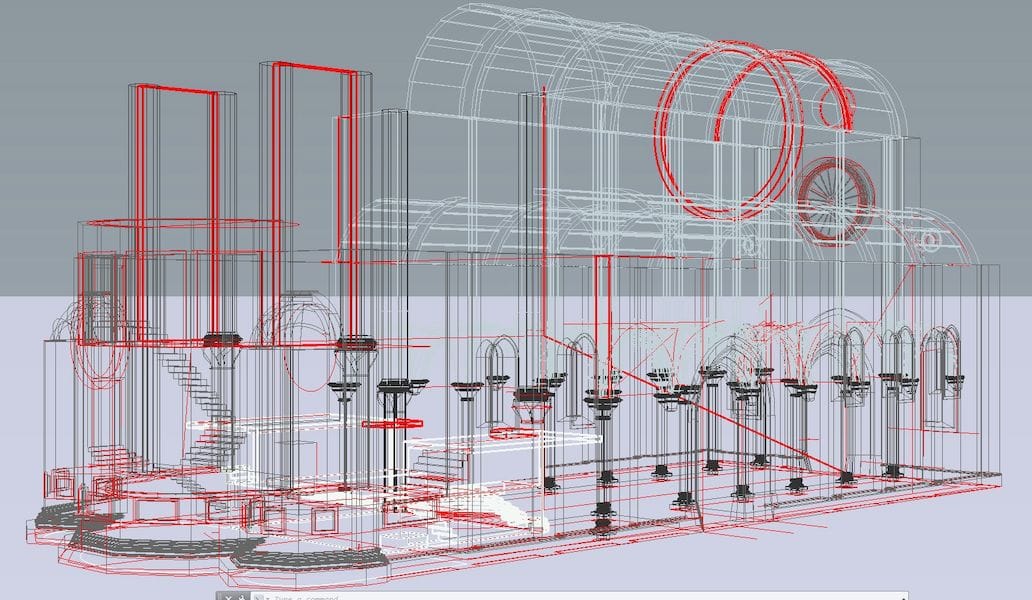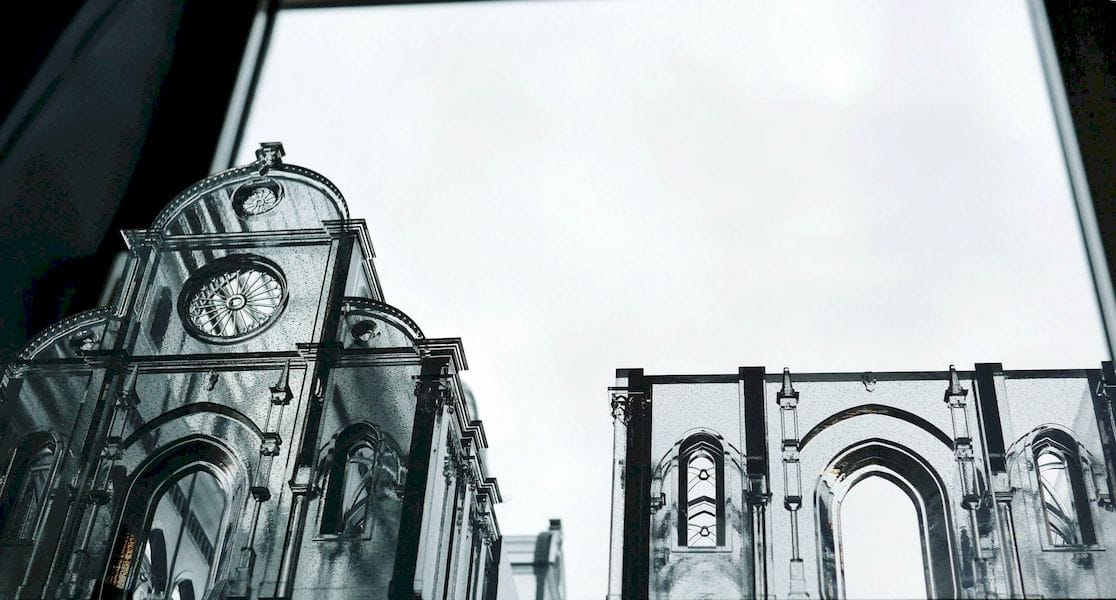
This week’s selection is the beautiful 3D print of the Šibenik Cathedral of St. James by i.Materialise.
The famous Croatian cathedral was first built in the 1400’s and construction proceeded progressively over 100 years, leaving the structure in various states of completion during its first century.
It’s considered one of Croatia’s finest architectural achievements, and in fact has been designated as a UNESCO World Cultural Monument.
A new exhibition to feature the cathedral and its history was developed, and the organizers intended on showing several states of the cathedral’s construction using modern techniques.
While they could have chosen virtual reality or 2D views of the building, they instead chose to 3D print versions of the cathedral as it was constructed. In this way visitors can get a more intimate experience looking at the building from many angles.

But preparing the 3D models for printing was by far the most difficult challenge. Teams from Vectrino Ltd. used multiple 3D scanning techniques to capture the inside and outside of the current cathedral, including UAVs using photogrammetry techniques outside, and laser scanners preparing point clouds inside.
These datasets were used to develop proper CAD models of the structure.

The version of the cathedral prior to the current state was developed by adapting the existing cathedral’s 3D model, but the first of the three stages of the cathedral’s evolution was apparently quite different, and thus a different approach was required.
It’s impossible to go back in time to 3D scan a no-longer-existing building, so workers had to manually develop a 3D CAD model through the use of ancient sketches made of the building. Most certainly the resulting 3D model would not have been completely accurate, but for the purpose of showing the public the essential elements of the building’s original style, it was more than sufficient.
Of course, once one has a proper 3D model, it is then a relatively easy step to produce the 3D print. i.Materialise is quite experienced in such matters and was able to 3D print the several cathedral versions in a stunning clear material that makes the building look even more impressive.
This is a wonderful example of how 3D printing can be used to engage the public through a unique method of displaying history in three dimensional form.
Via i.Materialise

